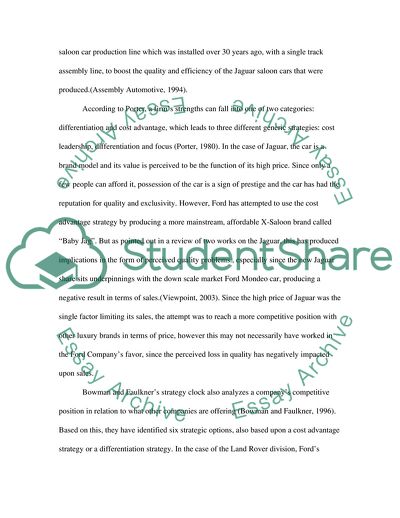Cite this document
(The Acquisition of Jaguar and Land Rover Case Study, n.d.)
The Acquisition of Jaguar and Land Rover Case Study. https://studentshare.org/marketing/1714079-the-acquisition-of-jaguar-and-land-rover-by-tata
The Acquisition of Jaguar and Land Rover Case Study. https://studentshare.org/marketing/1714079-the-acquisition-of-jaguar-and-land-rover-by-tata
(The Acquisition of Jaguar and Land Rover Case Study)
The Acquisition of Jaguar and Land Rover Case Study. https://studentshare.org/marketing/1714079-the-acquisition-of-jaguar-and-land-rover-by-tata.
The Acquisition of Jaguar and Land Rover Case Study. https://studentshare.org/marketing/1714079-the-acquisition-of-jaguar-and-land-rover-by-tata.
“The Acquisition of Jaguar and Land Rover Case Study”. https://studentshare.org/marketing/1714079-the-acquisition-of-jaguar-and-land-rover-by-tata.


